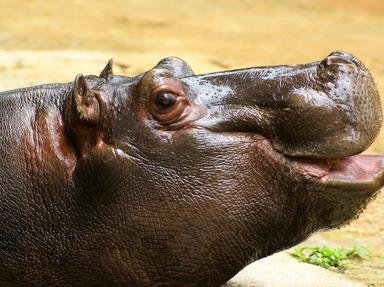Quiz Answer Key and Fun Facts
1. Which small, ground dwelling bird lays these spotted eggs? It's also a game bird that people enjoy at dinner parties.
2. According to a certain nursery rhyme, 24 of these birds that hatch from lovely green eggs can be baked into a pie. What's the less colourful bird we're looking for here?
3. As you may be able to tell from the photo, these eggs are from a particular bird. Almost all of these birds are located in the Southern Hemisphere. Which bird is this, that has species called emperor, gentoo and chinstrap?
4. If I were to tell you the eggs in this picture were found in either Australia or Africa, could they be alligator eggs?
5. These eggs come from a certain bug, which is known to eat cabbage. It's sometimes referred to as a calico bug or fire bug. What is its more common name?
6. The location of these eggs should give you a very big hint as to what type of animal laid them. Which of these could it be?
7. Here's a giant egg: in fact the largest laid by any land animal on the planet. Which bird was responsible for laying this egg?
8. These eggs are not laid by a bird. They are much softer than bird's eggs, and most species lay them in soft sand or soil. Also, common to this animal is that most species that lay their eggs abandon them shortly after. Which animal would this be?
9. Here's a different egg altogether: a fossilized one. This is a dinosaur egg. But could it be an authentic one? In other words, by the start of 2013, has a real dinosaur egg ever been dug up rather than artifically created for display in a museum?
10. Many people wouldn't have seen these eggs, contained in sacs, up close due to their hard-to-reach location. They look a bit like ocean wildlife, but are in fact eggs from what oviparious ocean predator?
Source: Author
timence
This quiz was reviewed by FunTrivia editor
Tizzabelle before going online.
Any errors found in FunTrivia content are routinely corrected through our feedback system.


